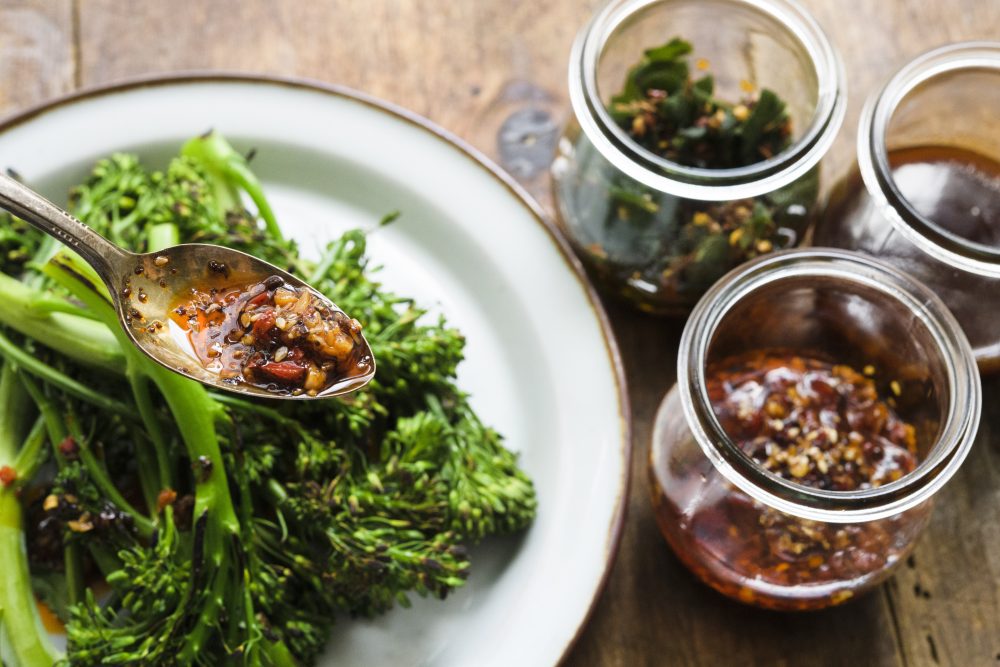The boxes were overflowing with scraps of paper, everything from medical prescriptions to wedding invitations, each with recipes or notes about them scribbled all over. A treasure trove left behind when Archana Pidathala lost her grandmother, Nirmala Reddy, in 2007. “She would write down everything, but she didn’t just write them and scatter them away,” says Pidathala, author of the cookbook “Five Morsels of Love.” “All these papers were well preserved.”
The notes were the makings of her grandmother’s cookbook, a collection Reddy had published four decades before in Telugu, the local language of their native south Indian state of Andrah Pradesh.
At the time of the discovery, Pidathala was working at a tech company and barely knew how to cook. But she wasted no time learning, eventually quitting her job to dedicate herself to carrying out her grandmother’s vision.
The result was her updated English translation of that book, an homage not just to her grandmother, but to the everyday cooking of India.
The recipes are rooted in what makes Andrah food stand out. Spicy even by Indian standards, it is well balanced with strong flavors like tamarind or sweet ingredients such as jaggery and coconut. The book includes elaborate biryanis and curries, simple chutneys, and a section devoted to vepudus, or stir-fries.
Though stir-fries are more associated in the U.S. with East Asian cuisine, Pidathala says nearly every Indian home has a wok-like pan called a kadai, which could be earthenware, stainless steel, cast iron or brass, depending on the region. Another distinction: The pan goes over lower heat than a Chinese wok.
The basic formula for Indian stir-fry calls for blooming spices and aromatics in hot but not smoking fat, adding vegetables to cook and meld the flavors, and finishing with fresh herbs or other cooling ingredients. Tougher root vegetables like carrots and potatoes generally are blanched separately, then finish cooking with the flavored oil, while more tender vegetables such as amaranth greens are tossed in raw.
Either way, vepudus are meant to come together quickly. “Stir-fry is more important than a curry dish for us,” Pidathala says. “The idea is to consume a large portion of seasonal vegetables in every meal.”

Big Flavor from Hot Oil
We loved the way her recipe for stir-fried carrots elevates the humble root vegetable with whole cumin seeds, garlic, curry leaves, chilies and fresh coconut. High-impact flavor with just a handful of ingredients.
We first char the carrots in oil for extra flavor. We then add the cumin seeds and aromatics to bloom in the oil toward the end of cooking to avoid burning. A couple tablespoons of water deglaze the pan, coating the carrots in tasty spiced oil.
“Vepudu is a very essential element in every meal we eat,” says Pidathala. “A fresh vegetable, simply done, just cooked enough to still give it nice crunch and bite, but also not losing its essence by overcooking.”





